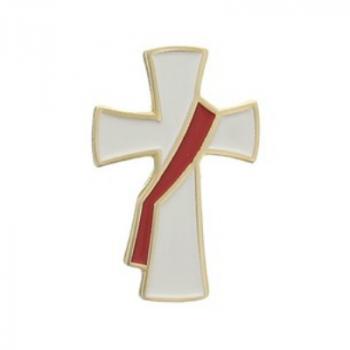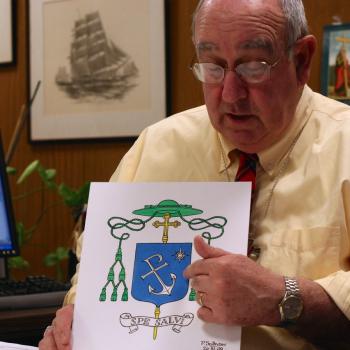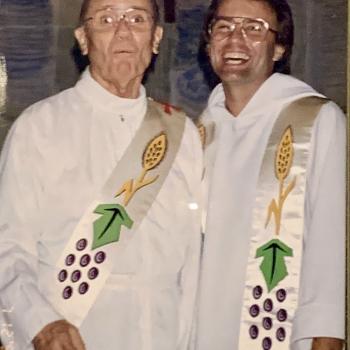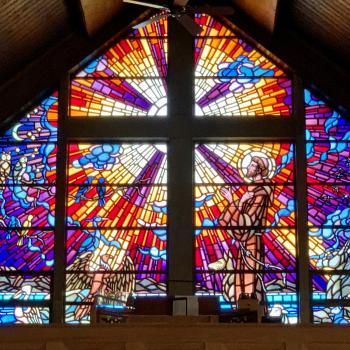Deacon Bill Ditewig has just posted on his blog a report from Chicago, where he launched (with Phyllis Zagano and Gary Macy) the new book “Women Deacons: Past, Present and Future.” (I wrote about that earlier right here.)
A snip:
Here are some things to know before blood pressures are raised:
1) No one, not the pope, nor any part of the Roman Curia, has EVER ruled out the possibility of ordaining women AS DEACONS. It is, according to the pope himself, an “OPEN THEOLOGICAL QUESTION.” All we are doing is exploring that question with the latest research we can find on the subject. Many people think that “we can’t talk about ordaining women”; that’s not true, and that’s not what church authority says! You will see what I mean when you read my chapter of the book: I analyze much of the official teaching documentation to see precisely what is being said. One thing comes through crystal clear: the Holy See very clearly and very significantly DISTINGUISHES the diaconate from the sacerdotal (“priestly”) orders of presbyter and bishop (I use the word “presbyter” here because in technical language, “priest” can apply to both presbyters and bishops). So, no matter what has been said about the ordination of women to the presbyterate, the Church authority itself says that this does NOT apply to the diaconate.
2) The history of women in the diaconate has benefitted from considerable new historiography and analysis over the last 20-25 years. Therefore, Gary’s work is not simply a different interpretation of the same material, but an up-to-date analysis of the more complete data we have now. He builds on some of the venerable work done a generation or more ago. For example, there are several groups of women associated with diaconate in the early history of the Church: there are “women deacons” in one group, “deaconesses” in another, and some women given those titles because they were married to male deacons. Each group is distinct and we have the rituals used to ordain them to help determine how their local communities perceived these women in ministry. I know you’ll find this section quite interesting.
3) My section deals with two major themes: first, as I said before, I study the official documentation on the topic to demonstrate the distinctiveness of this question from other questions, and to stress that we are only interested in this book with the question of the possible ordination of women as deacons, not to any other question at all. I also review the teaching of Vatican II on the subject of the diaconate itself to make sure we see what the “vision” of the diaconate at the time of its renewal. Just as women and men in religious life often talk about rediscovering the vision of their founders, I think that for deacons, the bishops at Vatican II were our “founders”, and it’s good to have a sense of what they were thinking and doing about the diaconate and the renewal of the Church.
4) We often hear that this is just an attempt to get women into the priesthood “through a back door”; that, if we ordain women to the diaconate, “the next thing you know, they’ll want to be priests!” Well, that’s just a lot of nonsense. As I said: the diaconate is not the priesthood, nor is it a part of the ministerial priesthood in which presbyters and bishops participate. Furthermore, we have more than four decades of experience with the (permanent) diaconate now, in which the vast majority of deacons are serving as married men. There’s been no run on any diocesan chanceries by these married deacons to demand ordination as presbyters! The vast majority of deacons, when asked if they would be interested in serving as presbyters if the church’s discipline on celibacy were changed, respond that they would not. After nearly 22 years as a deacon myself, but also as someone who had earlier spent eight years in the seminary, I can attest that the vocation of deacon is significantly different from the vocation of the priest! So, the evidence is pretty clear that the diaconate is not now, nor would it ever be, a “back door” to becoming a priest.
Read it all. And remember to order the book!
Comments are now closed











